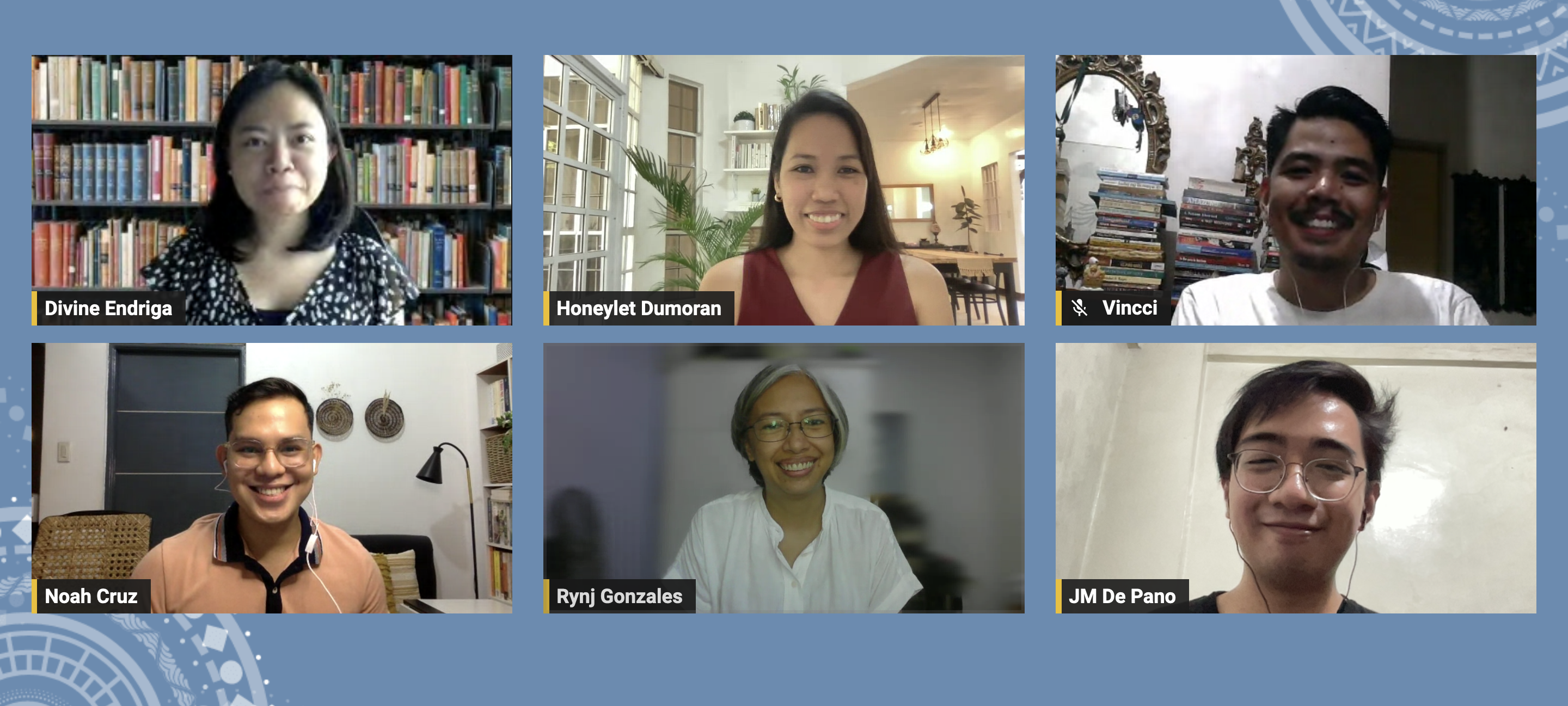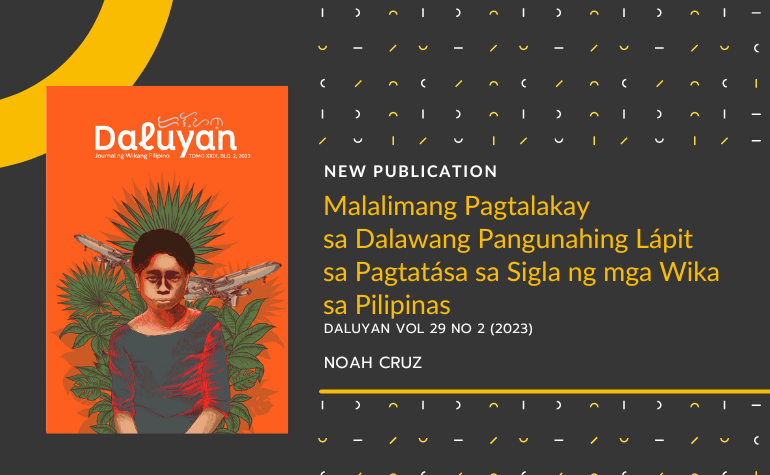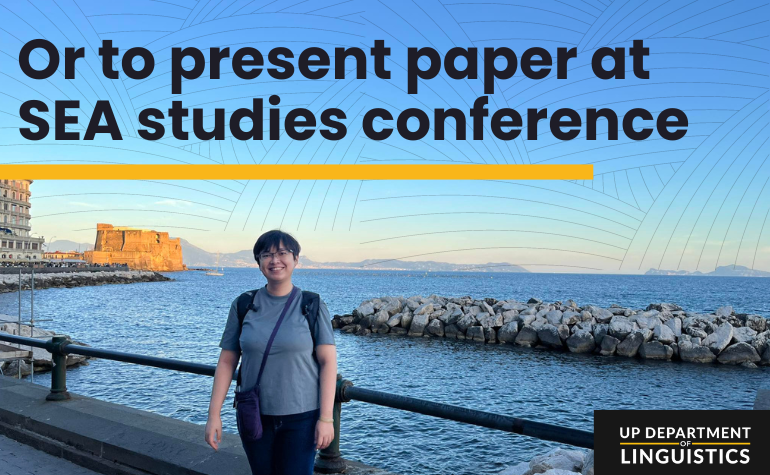
In the latest installment of the 2023 Philippine Indigenous Languages Lecture Series (PILLS), PhD Candidate Ryn Jean Fe V. Gonzales shared her preliminary findings about serial verb constructions in Itneg Inlaud. The lecture was live-streamed last June 19 via the Department’s social media accounts and is now available for viewing here.
Itneg Inalud is a Meso-Cordilleran language spoken in Ilocos Norte, Ilocos Sur, and Abra. It is categorized as threatened (6b) in Ethnologue with a reported user population of 9,000. There are current active efforts to revitalize the language, including the description of its grammatical system and other development programs involving Inter communities.
A serial verb construction (SVC) is a kind of clausal combination comprised of two or more verbs that are highly integrated and are not linked by any element. SVCs in Itneg Inlaud are asymmetric, with the first verb (V1) being limited to the class of motion verbs and the main verb (V2) deriving from an open class. The V1 (e.g. in ‘go,’ mapan ‘go,’ and umali ‘come’) indicates a change in location, while the V2 stands as the semantic head bearing the markers of morphophonemic relations to other elements. Before proceeding to the main discussio=n, Gonzales explained the rationale behind the inflectional and applicative paradigms she adopted in her analysis.
Gonzales identified several features and parameters that characterize SVCs in Itneg Inlaud, providing evidence of how pairs of verbs function as a single unit in the language. She mentioned that the primary issues related to the discussion of SVCs are those revolving around verbhood, clausehood, and linking and subordination. To address the verbhood concern, examples illustrating that motion verbs can stand alone as predicates were discussed. It was also clarified that verbs in this type of construction may be separated by elements such as a pronominal agent, a pronominal agent plus a patient, a temporal adverb, and others, but not by coordinating conjunctions like kan ‘and’ and wennu ‘or.’
She then expounded on temporality, transitivity, and arguments, or those that are shared within an SVC. Temporality is mood-aspect-based in Itneg Inlaud. Both verbs are marked for modality, but only the main verb is marked for aspect, implying that V2 has a greater semantic contribution to the construction. In terms of transitivity, it can be said that the relationship between the verbs is not symmetrical since it is the V2 that bears the transitivity of the event and this feature is just shared with the V1. When it comes to features related to the arguments serial verbs may take, Gonzalez reported that a pronoun attached to the V1 is expected to agree with the V2.
Furthermore, SVCs undergo and perform certain processes as a single unit. For example, an SVC is negated as a unit and thus maintains one polarity value. A whole construction is also modified by manner adverbs connected to it via the linker nga. Imperative clauses can take SVCs as their heads. SVCs questioned as a unit require responses addressing the entire event expressed by the construction. Lastly, SVCs are nominalized as a unit and can thus serve as arguments to identificational/equational, quantificational, and existential clauses.
Gonzales concluded her presentation by summarizing her findings and situating her preliminary study in the larger context of SVC typology.
During the open forum, aside from follow-up questions on the general characteristics of Itneg Inlaud SVCs, the audience also inquired about usage variation within the community, contrasting features with Tagalog, and the possible typological contribution of this study.
Gonzales also shared a bit about her team and the work they do. She recounted how she met her partners during an Indigenous Peoples Education (IPEd) workshop and how they eventually worked with communities who acknowledge the importance of a language documentation and revitalization project. When asked about the main challenges they usually encounter, she admitted that they still face difficulties related to segmentation and orthography, transcription and translation, as well as archiving, despite the availability of various tools and software.
We look forward to reading about Itneg Inlaud SVCs in the future! In the meantime, you might want to check this wordlist of the core vocabulary of Itneg Inlaud prepared by Rynj’s team. Many thanks as well to PhD Candidate Honeylet Dumoran for moderating this month’s PILLS lecture. Stay tuned for the next installments of PILLS!
Published by Patricia Anne Asuncion



